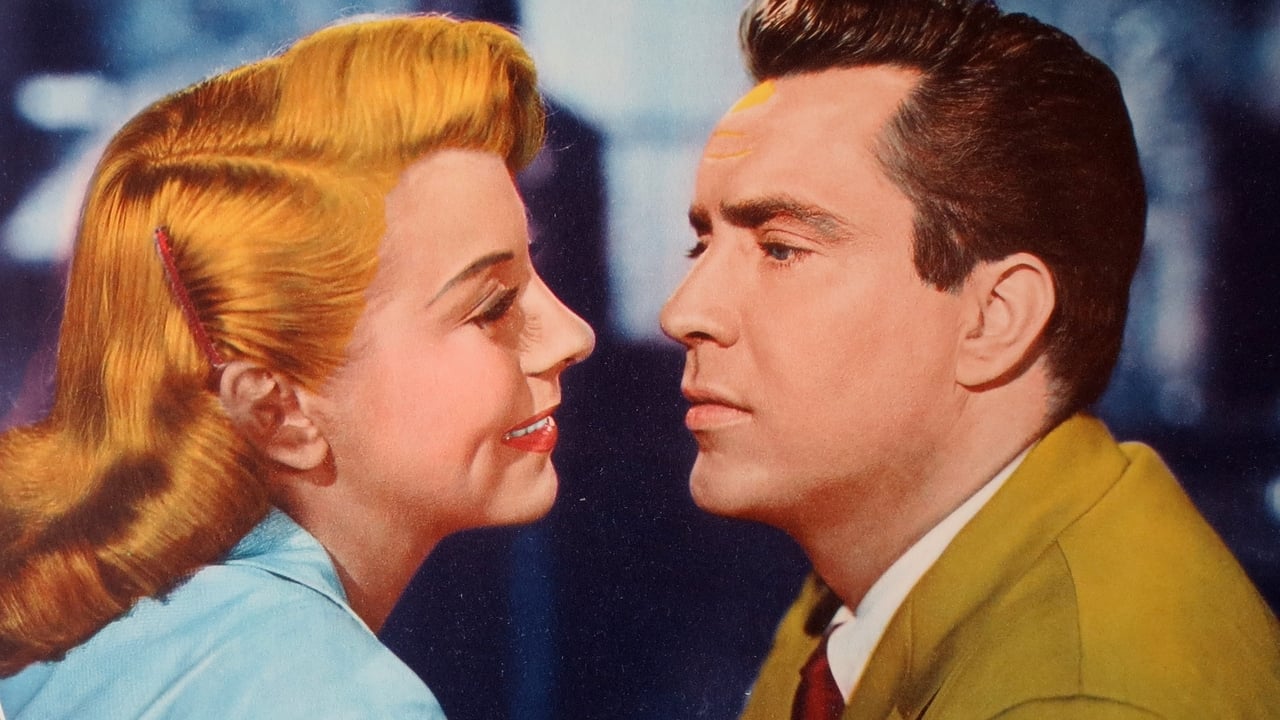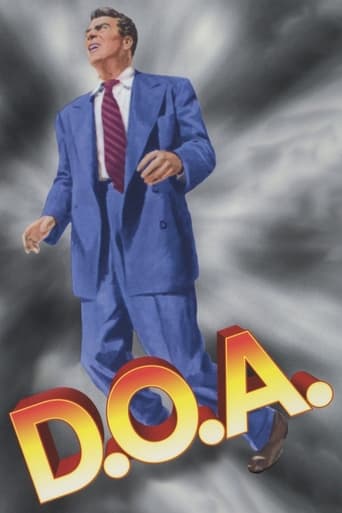

Some have called this film the best of all noirs, and there are many reasons for it. Edmond O'Brien, who usually played seconds, is here the lead, feeling bad on a small vacation trip and learning he has been poisoned and having only few days left to live - and he can't understand why, since there is no reason. He starts pulling loose ends, which throw him into a maze of complications of what was originally only a minor intrigue, perhaps even only a mistake.The most impressing element of the film though is its composition. It starts very merrily with an extremely happy party with many lovely girls and charming women, leading eventually to a joint where the party continues, and where a strange man puts something into his drink. You only see his collar. There it begins. The collar will only reappear in the end.The race for him to find out what has happened continues throughout the film at a constantly higher gear, and there are some very nasty villains involved too, and many doubtful ladies. This film actually has everything associated with a noir and to the brim, and the conclusion is, mildly speaking, deadly.You leave the film shaken and very much disturbed, while perhaps the most rewarding lesson of the film is the insight into the fact that it is in death that you discover life. I would give 11 if it were possible.
... View MoreDOA is an unendearing film-noir that is uneventful and contains countless drivel. The reason for the murder is pretty irrelevant. But apart from that I don't even see why I'm suppose to care about what happens to our main character Frank. He is as sleazy as can be and what's with the whistling siren noise? Then at the end you've got Frank talking with Paula, talking about how much they love each other, such a load of drivel. Everything after Frank is poisoned is a complete mess. No character was likable or stood out, not even Paula for wanting this sleazebag. Oh and Chester was so painfully awful, possibly the worst character of all time.
... View MoreThe film noir genre threw out plenty of gems during its peak in the 1940s and early 1950s and this is one of them, a solid detective story with a great premise. In it, a man must discover the person responsible for his own murder, a plot point realised thanks to the presence of a slow-acting poison that gives him only a day or two to live.D.O.A. presents a bleak and icy narrative that has a strong degree of pessimism to it, thanks to that excellent premise. But there's more to it than that, as the actual detective story is compelling in itself. The protagonist finds himself drawn into a murky world of smuggling and corporate corruption, while at the same time coming into contact with some decidedly shady characters.The best thing about the film, for me, (aside from that premise) is the presence of Neville Brand's Chester, a character who could have been portrayed as an ordinary henchman but who, thanks to his psychotic nature, becomes the real highlight; Brand effortlessly exudes an air of pure evil in what was his first role. The rest is good too, of course, particularly Edmond O'Brien's tough-but-sympathetic lead, leaving this one of the highlights in a crowded genre thanks to that perfect 'ticking clock' premise.
... View MoreTalk about breathless! I had great trouble imagining a hung out to dry, tired middle-aged man become super human after ingesting poison, albeit 12 hours ago! This gent flys through airports, turnstiles and crowded streets like nobody's business. He is desperate for answers but refuses to tell anyone why, why? Most likely to frustrate and annoy the audience and admittedly with great success.They sure do know how to dress and singly identify the bad guy with the hip houndstooth scarf and matching hat, what a stylish combination! And lest we forget the 'knife in the belly' lover evil henchman whose bug eyes were prominent scene stealers during the entire joy ride. This type of schtick was the underbelly of the script and truly laughable. The kazoo sound effect to appreciate the conference female clientele says it all.Every time that syrupy sweet girlfriend attempts to flash her independence, there she is smothering him to no avail. The only person who seemed rationale was the police officer who made the final declaration of D.O.A. and for all that matters a designation for this script!Moderate recommend for directing the peripatetic poisoned prisoner. Look for the documentary "Poisoned by Polonium" for a more accurate portrayal of film noir and censorship.
... View More